|
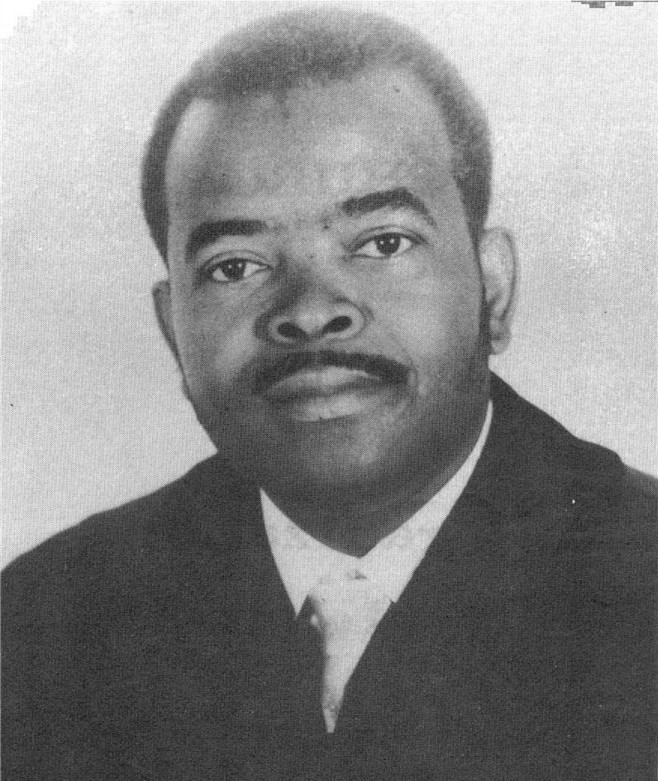
Rev. O. Weary a one-time pastor of Second
Missionary Baptist Church in Mattoon, Illinois.
|
|
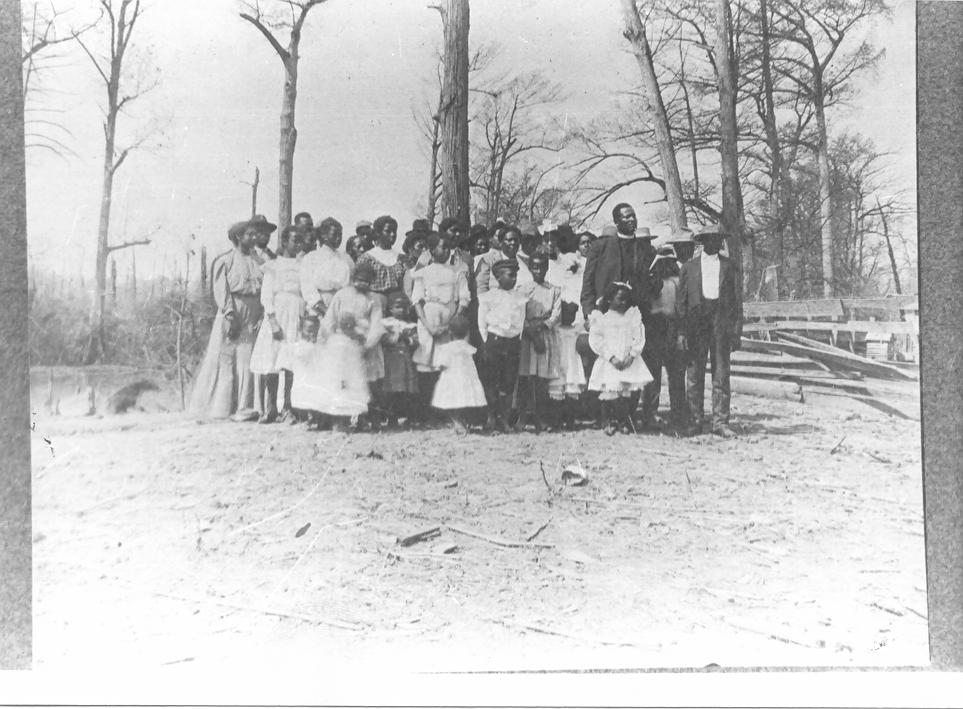
Bishop Alexander Walker Wayman of the AME
Church with members of Tuscola, IL AME Church at the dedication
of the Church on June 23, 1873. Tuscola in the years before
1858 was Coles County, IL.
|
|
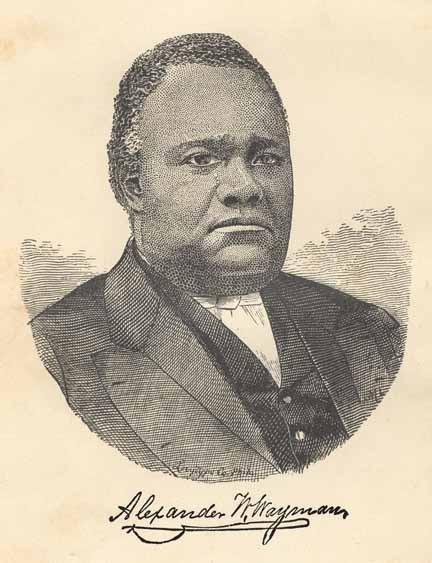
Bishop Alexander Walker Wayman 1821-1895.
Born a free man in Caroline County, MD and named Bishop of
African Methodist Episcopal Church in 1864.
|
|

Mrs. Juanita (Estell) Williams and Mr. Edward
Williams, Deacon and Deaconess, Second Missionary Baptist
Church, Mattoon, IL.
|
|
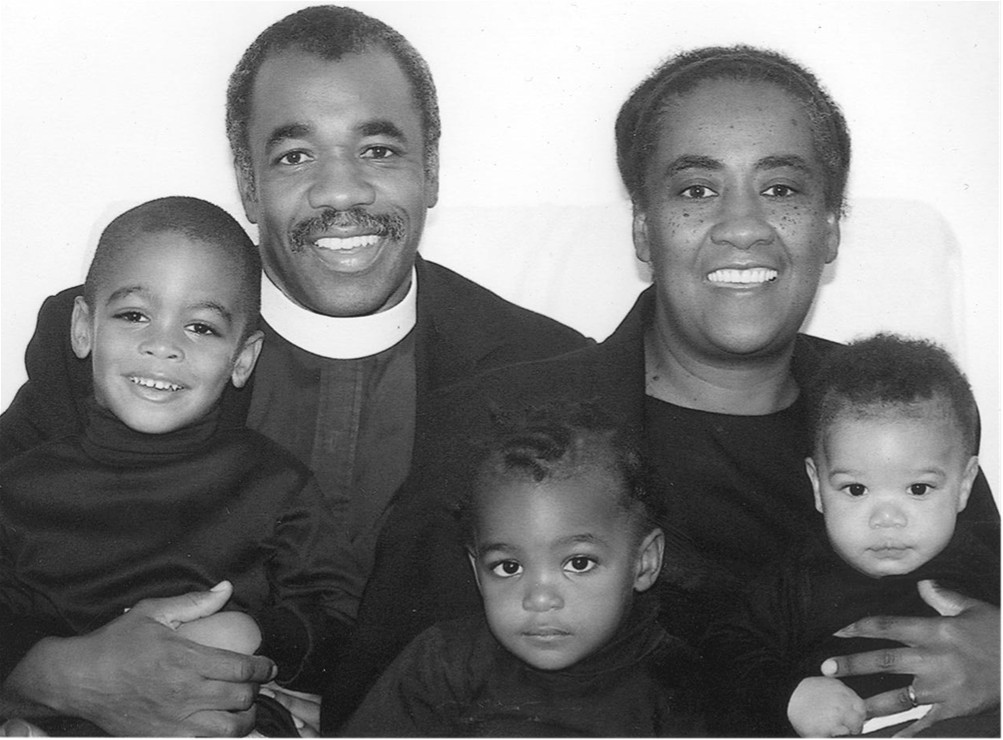
Pastor-Elder Wilfford Stevenson and Sister
Lanett Stevenson of Charleston with their Grandchildren.
|
|
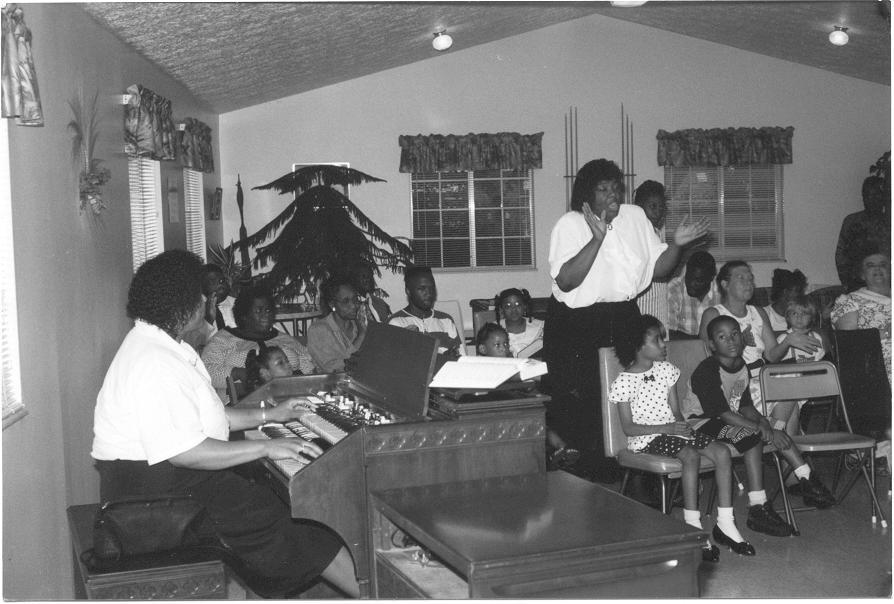
The Choir of New Foundation/St. Timothy Church
of God in Christ in Charleston, IL.
|
|
Between 1877 and 1888 the congregation used a wooden
framework as a church at this location. By 1888 members of the church
bought another plot from one Mrs. Kingman and a bigger church was
built at 523 North 20th Street. Unfortunately, the building was
destroyed by a tornado which swept through Mattoon in May 1917.
The church was rebuilt. The original members of the A.M.E. were
"Asker Brown, Lewis Martin, Mary Pope, Elizabeth Broady, Elizabeth
Norton, Susan Perry and Martha Powell. The original board [of the
church] consisted of Milford Norton, John Powell, and Austin Perry."
(48) By 1895 the congregation had grown to thirty-eight members
with Rev. W.H. Coles as the pastor. And by the turn of the twentieth
century, the congregation had risen to sixty-five members. However,
gradually the church lost its membership to either death or voluntary
emigration out of Coles County. (49) The last service was held in
the church in 1974.
The history of the Second Missionary Baptist Church
in Mattoon is very similar to that of the A.M.E.. The church was
formally established on November 3, 1869 by Rev. John Artis, who
in 1868 had established one in Paris, Illinois. At the beginning
the "congregation was small and did not have [permanent] pastors...
Several pastors came and moved on shortly after." (50) In the
past Reverends Matteson, Duke, Turner, Mayes, Bordon, Mason, Sharp,
Patrick, Murrell, Jones, Jackson, Estell, Weary and Clark were pastors
at the church. The current pastor is Cyprus Hughes. Throughout its
history, the church had experienced ups and downs. As was the case
with the A.M.E. in 1917, the church was destroyed by a tornado.
The church was rebuilt and in 1965 was renovated and some additions
were also made to the building. Currently the congregation stands
at about 200 members. In 1997, the church moved from its old building
on 2520 Shelby Avenue to a new ultra modern building on Old State
Road in Mattoon. For African Americans it has been a continuous
struggle to maintain their identity as a people considering the
fact that they were very few in the county. As Juanita Williamson
has stated, because of some sense of isolation "The only time
we talked about it [racism] was in church. This is why it was so
essential for us to have a church." (51) For about a hundred
and thirty three years, the Second Missionary Baptist Church has
remained the pillar of the black community in Coles County. According
to Cyprus Hughes, if the founders of the church "Didn't think
(the church) was a unifying factor or agency... there would be no
cohesion at all." (52)
The dream of African Americans to live normal lives
in Coles County was sometimes shattered by racial intolerance. Their
faith in humanity was also tested. Racial prejudice took different
forms. In 1855 Miss Ida Mcnett, a daughter of a contractor to the
Illinois Central Railroad opened a school in the old Baptist Church
at South Fifteenth Street and Wabash Avenue in Mattoon She enrolled
thirty pupils (both blacks and whites) who were taught in a church
building controlled by the True family. As the records of the period
had it, "A story which shows the trend of the times and the
spirit of the pioneers is told in regard to the reason for the closing
of Miss McNett's school. Among the pupils was Miss Susan Powell,
a colored girl, sister of John Powell, the first barber of Mattoon.
One day someone asked Miss McNett who was her brightest pupil. "Susan
Powell," she answered. That little girl is the best pupil I
ever had." (53) Soon the news spread "that Miss McNett
was favoring a Negro Child and the story reached the ears of the
True family", the owners of the school building. (54) Miss
McNett confirmed to the Trues that she in fact made the statement.
The Trues decided to close the building to Miss McNett and that
led to the closure of her school. Whereas Miss McNett's ordeal occurred
in 1855, the situation did not change dramatically in the twentieth
century.
In the early twentieth century, Mrs. Ona Louisa
Norton had her own experience with racism in the Charleston school
system. In an interview Angela Whitmal conducted with her in 1990,
it is recounted that, "When she was a school girl she attended
the Western School. The school was only a few blocks away from her
home. The boys at school began calling her names which she didn't
care to repeat. She told her mother this was happening. One day
her mother was outdoors and head the boys calling her names."
(55) Her mother responded by complaining to the school superintendent,
Mr. Quackenbush. Mr. Quackenbush subsequently reprimanded the boys.
In the same vin, the Foster and Williams families of Mattoon have
had their own share of racial tensions in their neighborhood. For
instance, "Four times during an especially hateful time in
the 1970's, young white men drove by Eli and Nellie Foster's house
and fired at it. Nellie Foster believes it was done in retaliation
for some interracial dating in Mattoon. At first she said, "We
ignored it," but when the shootings continued she demanded
police action," (56) Mrs. Roberta Williams who has lived in
Mattoon all her life, about 81 years, "remembers not being
allowed to eat in many of the uptown restaurants, recognizes the
shortcomings of some of the racial attitudes in the area. On the
other hand she feels close to the community." (57)
|

